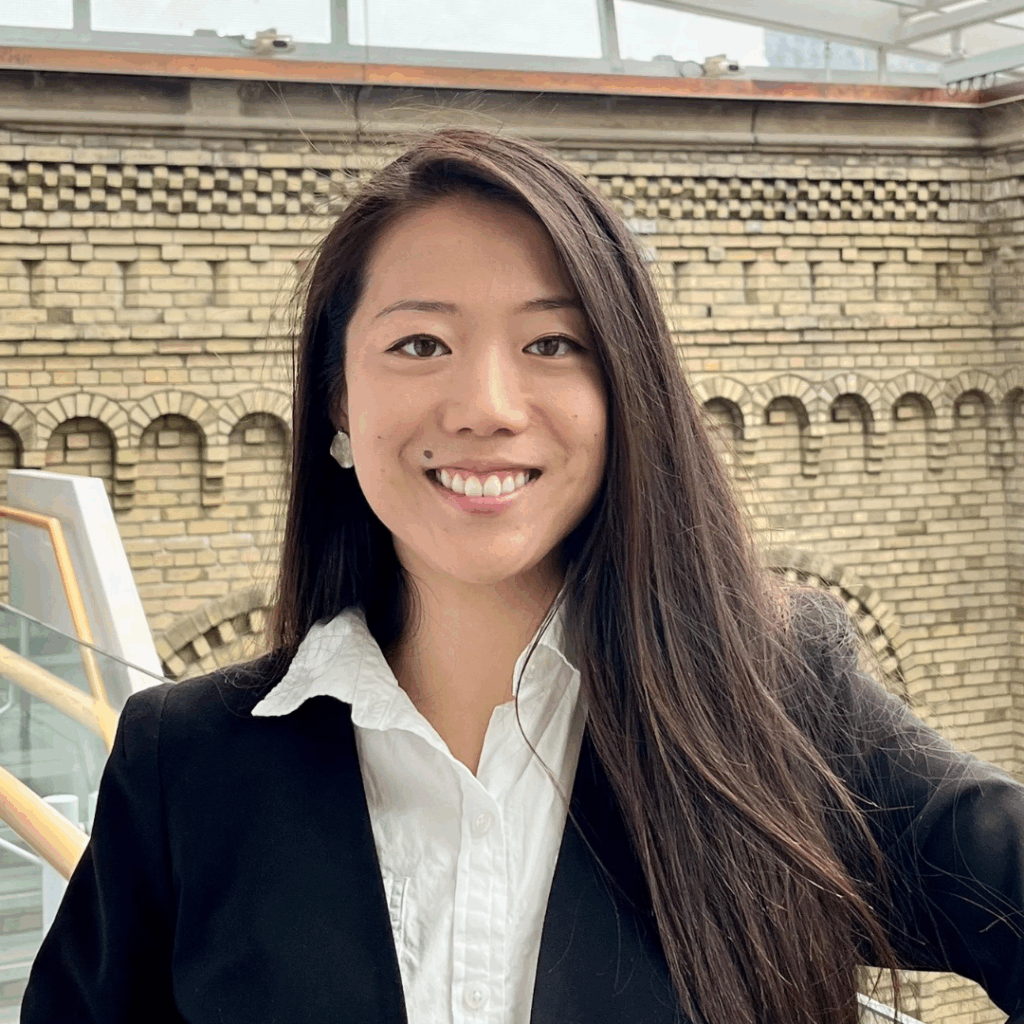Nov 12, 2025
Celebrating Canada’s 2025 Clinician-Scientist Emerging Leaders
Fighting Blindness Canada is proud to announce the recipients of the 2025 Clinician-Scientist Emerging Leader (CSEL) Awards — supporting early-career ophthalmologists and optometrists who are advancing vision research across Canada. Each award provides up to $40,000 over 24 months to help clinician-scientists integrate research into their practice.
Dr. Anne Xuan-Lan Nguyen, University of Montreal, University of Toronto & University of Oxford
Project Title: Immune Mechanisms in Thyroid Eye Disease: Preventing Dysthyroid Optic Neuropathy and Blindness
Award: $40,000

Dr. Nguyen’s research focuses on predicting and preventing sight-threatening complications in thyroid eye disease (TED), which in severe cases lead to dysthyroid optic neuropathy (DON). By studying immune and scarring responses in patients with and without TED and DON, her work could lead to new diagnostic tools and therapies to protect vision, including simple blood tests or imaging tools to detect at-risk patients.
“In clinic, I see the toll thyroid eye disease takes on patients’ lives. My research is about giving them hope that soon we will be able to predict, prevent, and cure it.,” says Dr. Nguyen. “This award fuels my journey as a clinician-scientist, supporting research into the immune mechanisms of thyroid eye disease so we can stop vision loss.”
Lia Huo, University of Toronto
Project Title: Gene-Agnostic Neuroprotection in Retinitis Pigmentosa: Investigating RdCVF Mechanisms in Human Retinal Organoids Using a Slow-Release Hydrogel Delivery System
Award: $40,000

Lia’s research explores a gene-agnostic treatment for retinitis pigmentosa (RP), an inherited eye disease (also know as inherited retinal disease) using a newly-developed slow-release gel to deliver a therapy to slow photoreceptor cell degeneration. Huo will be testing how well the gel delivers a vision-preserving protein (RdCVF) to human retinal organoids — miniature “retinas in a dish,” a modelling system that helps move the therapy toward a clinical trial.
“Seeing how vision loss affected my own family strengthened my commitment to finding better options for patients,” says Lia. “By studying how cone-protective factors support human photoreceptors in retinal organoids, we can test and develop new gene-agnostic therapies.”
Join the Fight!
Learn how your support is helping to bring a future without blindness into focus! Be the first to learn about the latest breakthroughs in vision research and events in your community by subscribing to our e-newsletter that lands in inboxes the beginning of each month.

